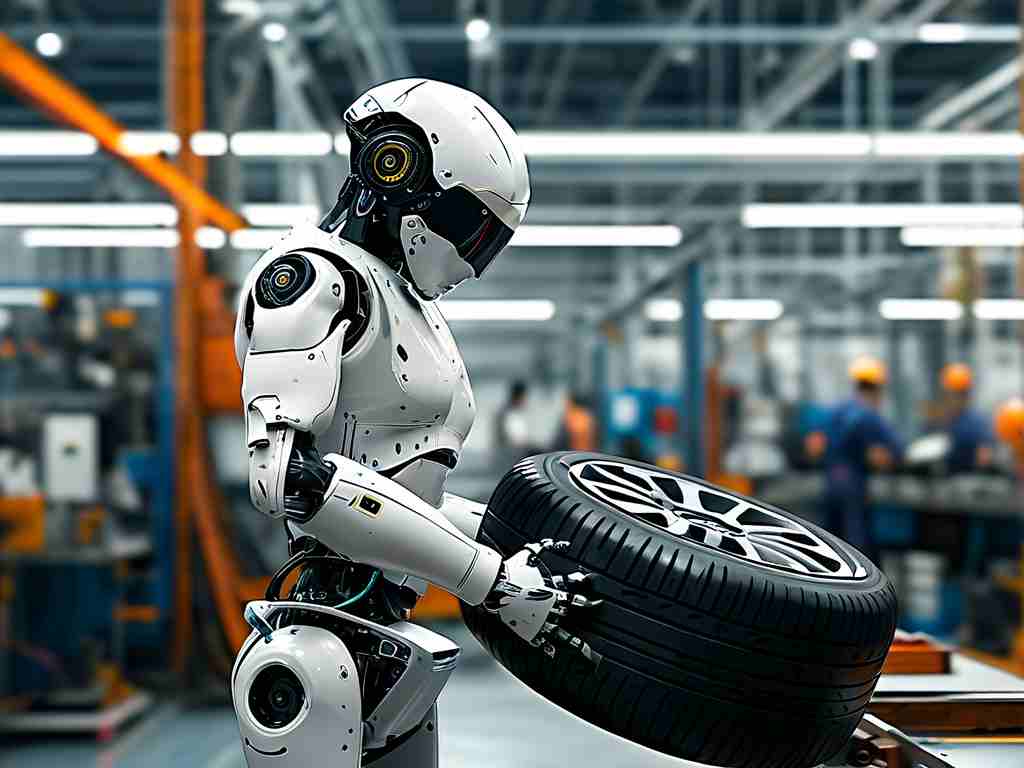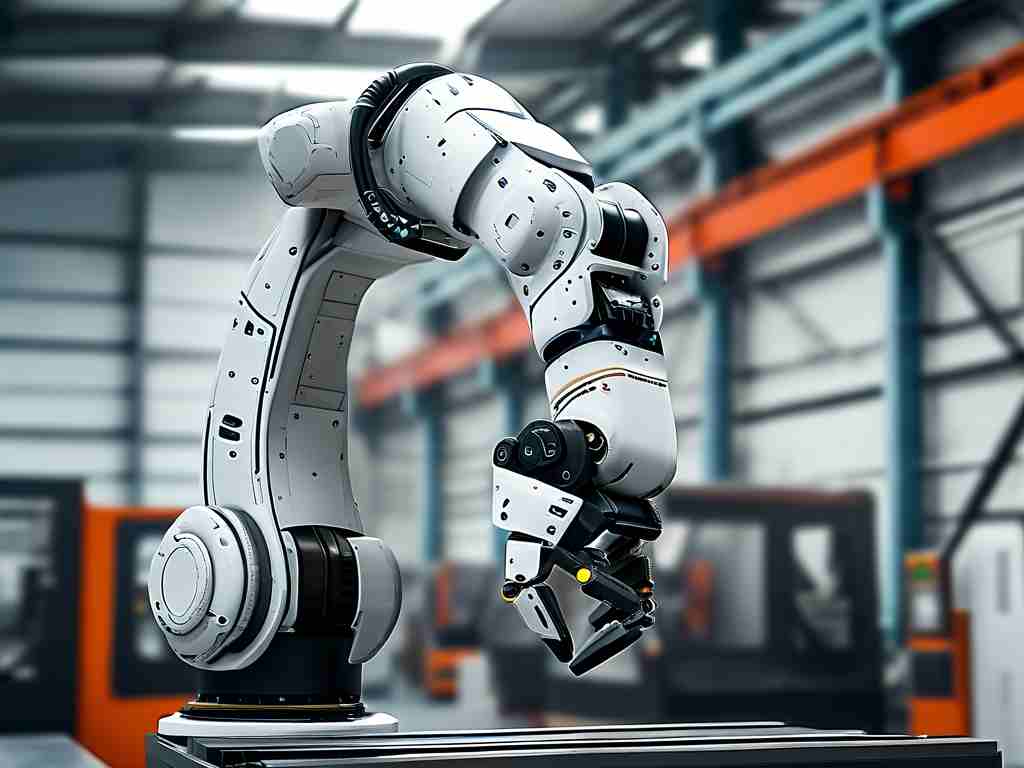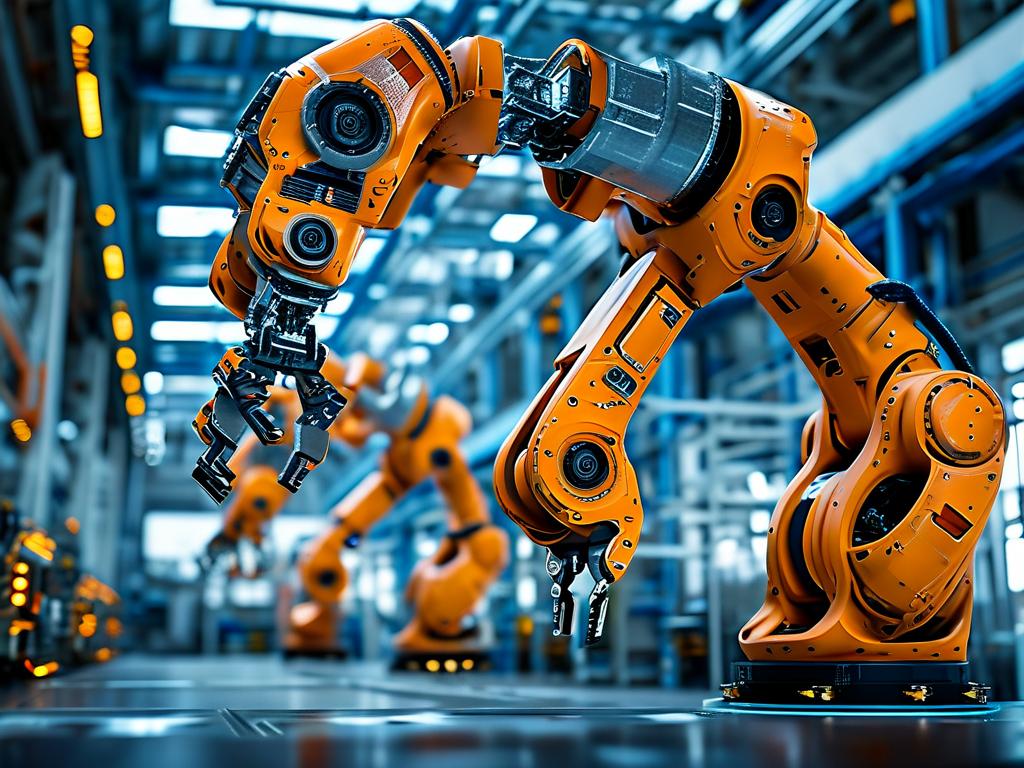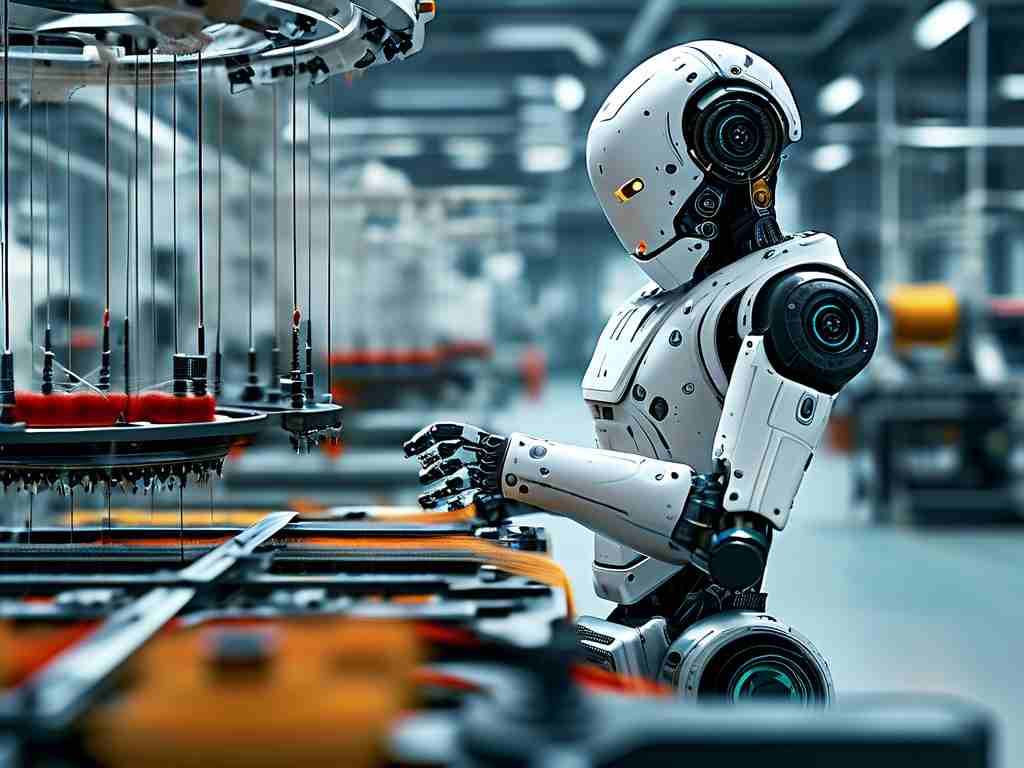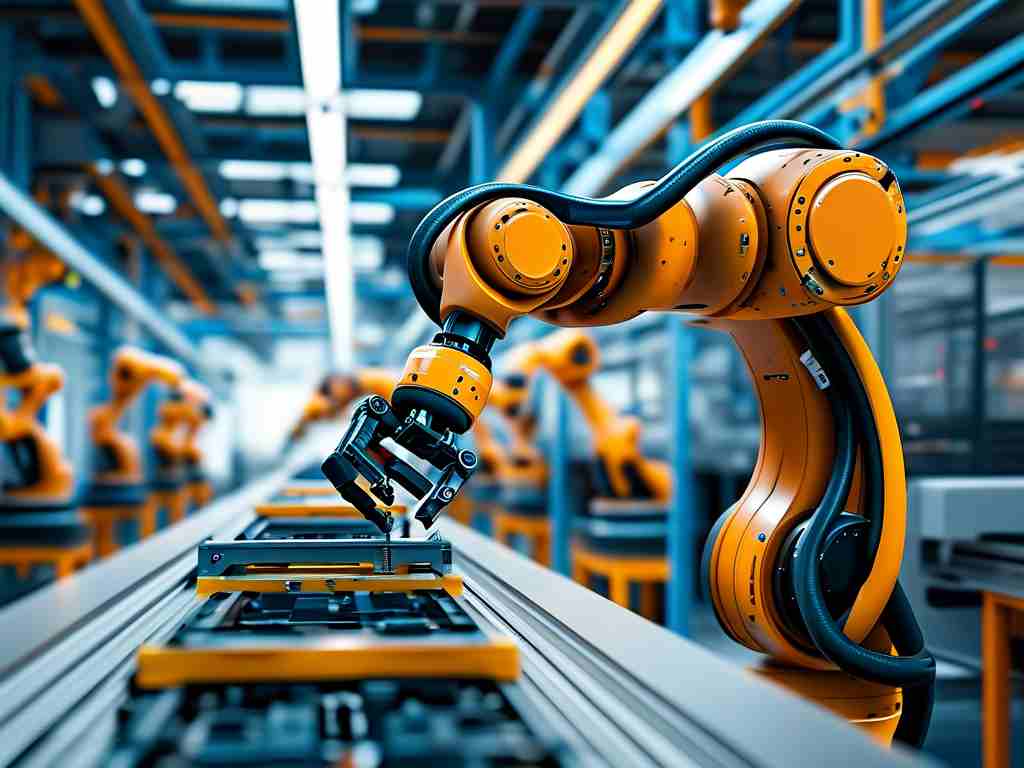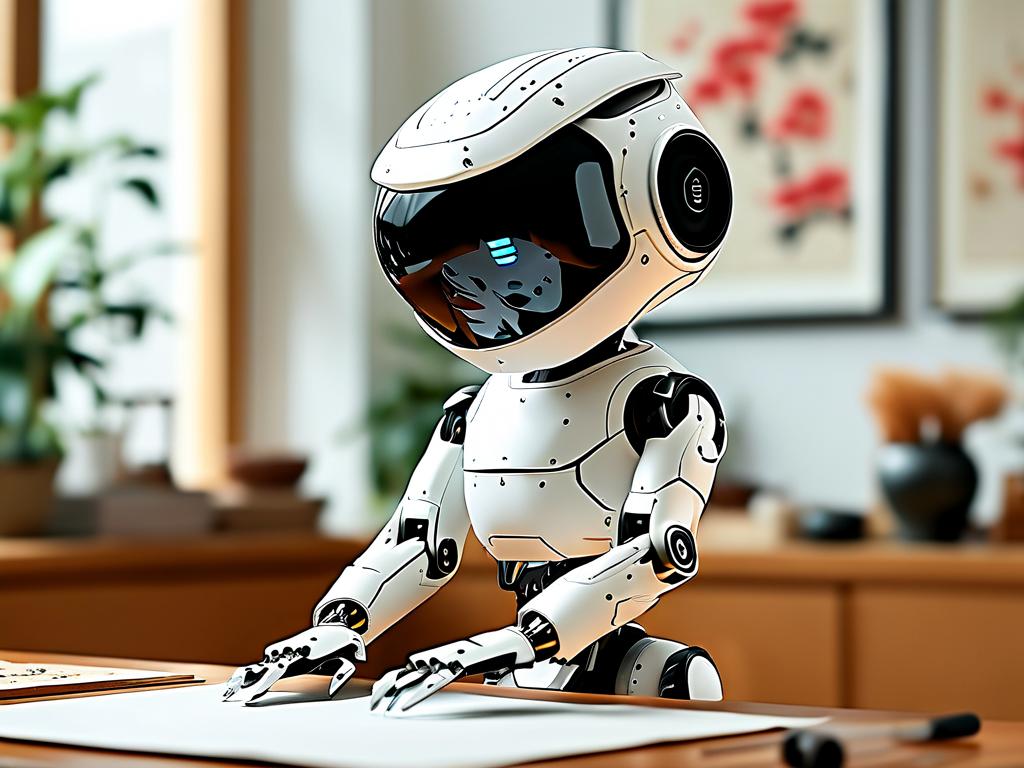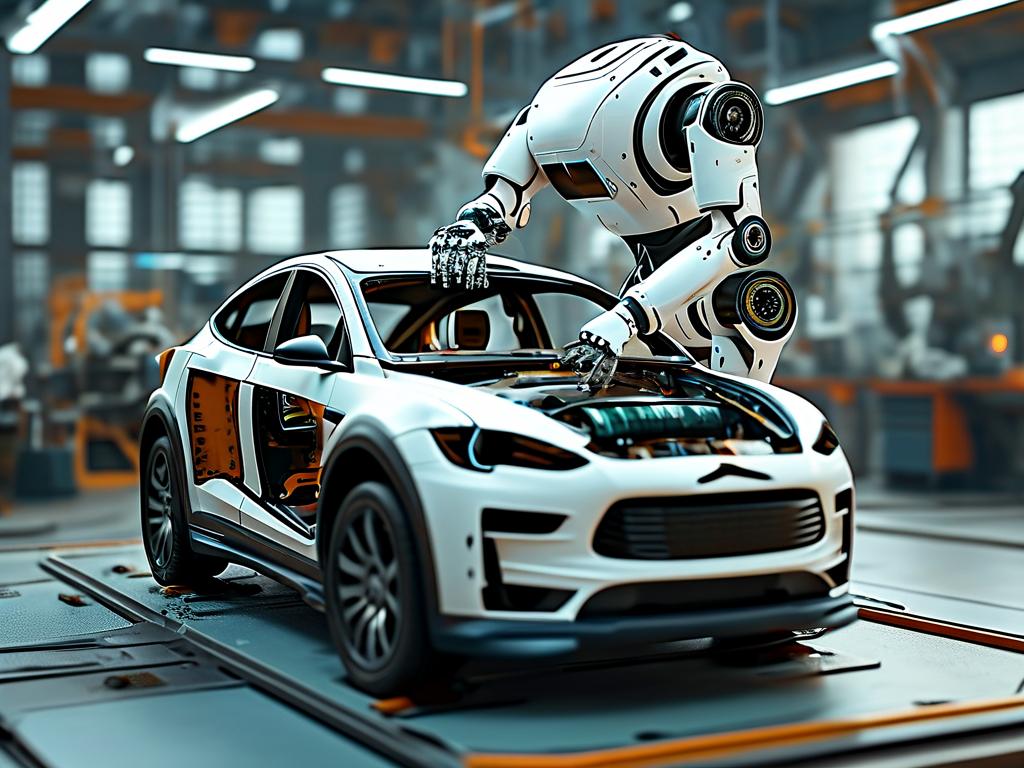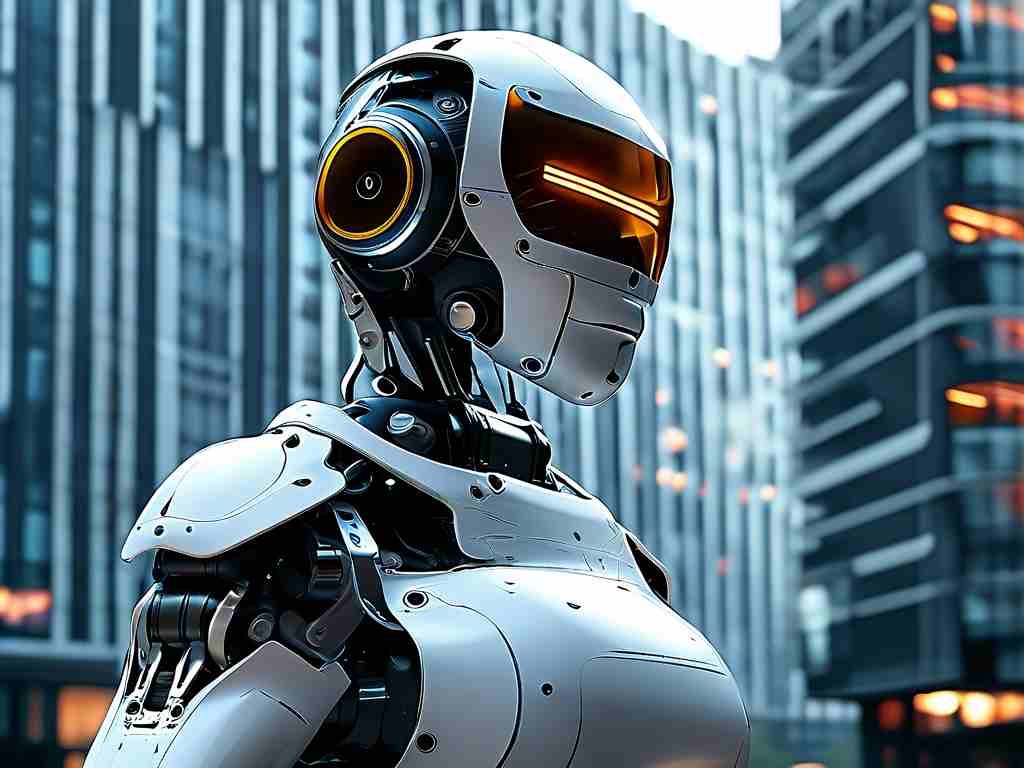Robotic carving technology represents a sophisticated fusion of automation, precision engineering, and digital control, enabling machines to sculpt intricate designs on various materials with unparalleled accuracy. At its core, this technology leverages robotic arms equipped with specialized tools, such as drills, lasers, or milling bits, guided by computer-aided systems to execute complex carving tasks. The fundamental principle revolves around motion control algorithms that convert digital blueprints into physical movements, ensuring each cut or engraving adheres to exact specifications. For instance, inverse kinematics calculations allow the robot to adjust joint angles dynamically, maintaining consistent force and speed across surfaces like wood, metal, or stone, thus minimizing errors and enhancing repeatability in industrial or artistic applications.
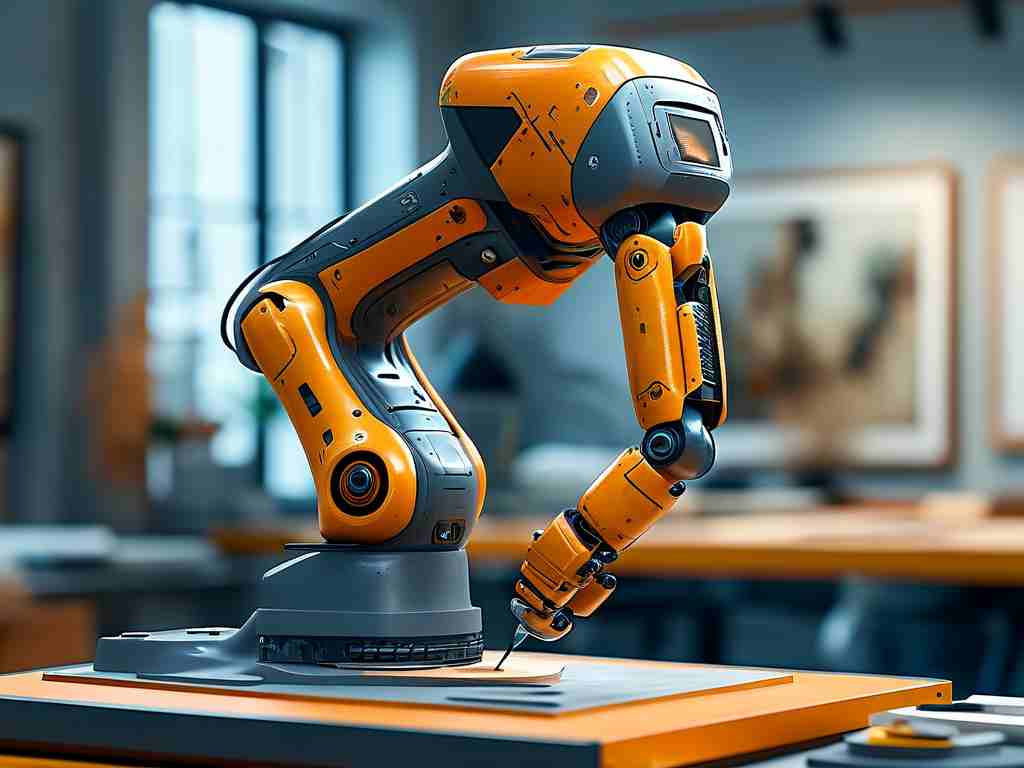
A key component of robotic carving is the integration of sensors and feedback loops. Proximity sensors detect material variations in real-time, while force sensors regulate tool pressure to prevent damage during operations. This sensory input feeds into closed-loop control systems, where microprocessors continuously compare actual performance against programmed paths, making instantaneous corrections. Such precision is vital for high-stakes sectors like aerospace or medical device manufacturing, where components demand micron-level tolerances. Moreover, the technology often incorporates machine vision systems; cameras capture surface details, enabling adaptive carving for irregular shapes or custom artwork, as seen in personalized jewelry or architectural embellishments. This adaptability not only boosts efficiency but also reduces waste, aligning with sustainable production trends.
Software plays a pivotal role in orchestrating robotic carving operations. Advanced CAD/CAM platforms allow designers to create 3D models, which are then translated into G-code instructions. Here's a simplified snippet illustrating how a basic carving command might look in code:
# Example G-code for linear carving motion G01 X50 Y30 Z-10 F500 # Move tool to position (50,30) at depth -10 with feed rate 500 mm/min
This code directs the robot's movements, with parameters like feed rate (F) controlling speed to optimize material removal without overheating. The software layer also includes simulation tools that preview carving paths, identifying potential collisions or inefficiencies before execution. Such digital twins save time and resources, particularly in prototyping phases where iterations are frequent. Over time, AI enhancements like neural networks analyze historical data to predict tool wear or optimize paths, further refining the carving process for mass customization in fields like automotive interiors or consumer electronics.
Underlying the hardware and software synergy is the principle of kinematic modeling. Robotic arms, often with six degrees of freedom, mimic human dexterity but with superior rigidity and repeatability. Each axis movement—rotation, translation, or tilt—is governed by servo motors and encoders that ensure sub-millimeter precision. For example, in laser carving, the beam's focus and intensity are calibrated dynamically, vaporizing material layers without thermal distortion. This contrasts with traditional methods, where manual labor introduces variability; robots achieve consistent results even over long production runs, cutting costs by up to 40% in industries like furniture or sign-making. Safety protocols, such as emergency stops and zone monitoring, are embedded to protect operators, highlighting how the technology balances innovation with practical reliability.
In , the principles of robotic carving technology center on intelligent automation, where computational control, sensory feedback, and mechanical precision converge to transform raw materials into bespoke creations. As innovations like collaborative robots (cobots) emerge, this field promises broader accessibility, empowering small workshops to large factories. By eliminating human error and scaling intricate designs, robotic carving not only drives efficiency but also fosters creativity in the digital age, paving the way for future advancements in smart manufacturing and beyond.


